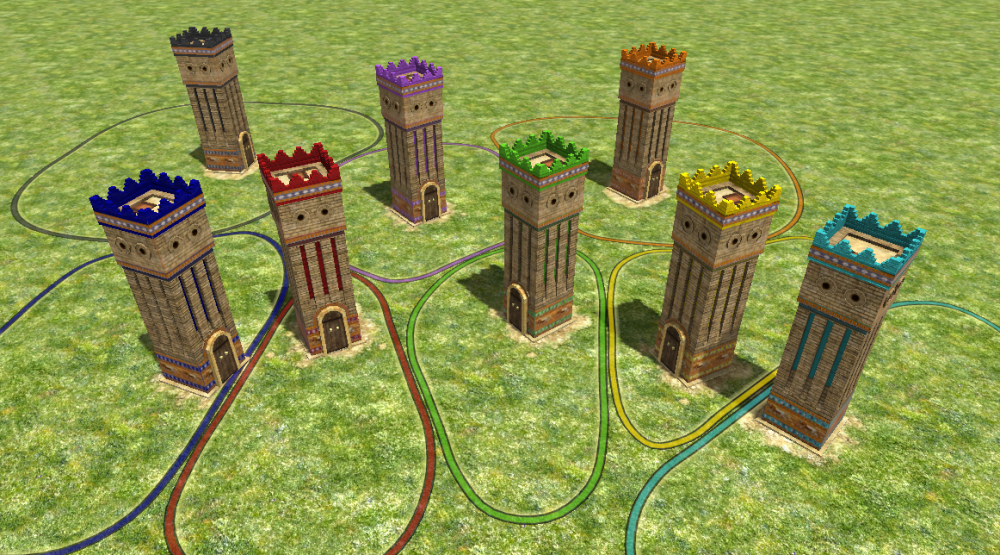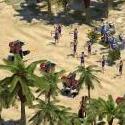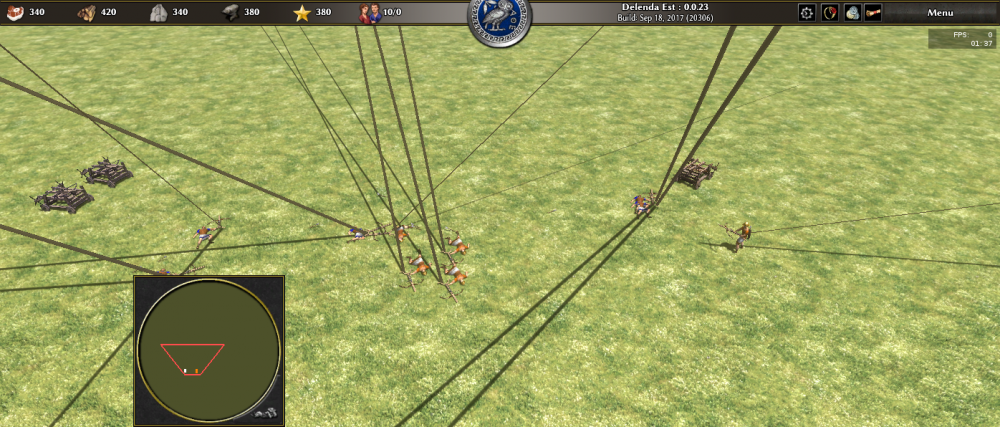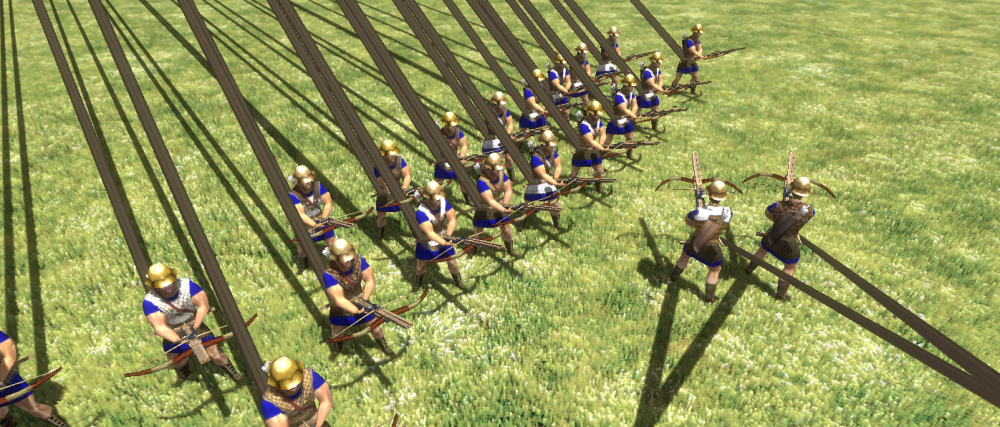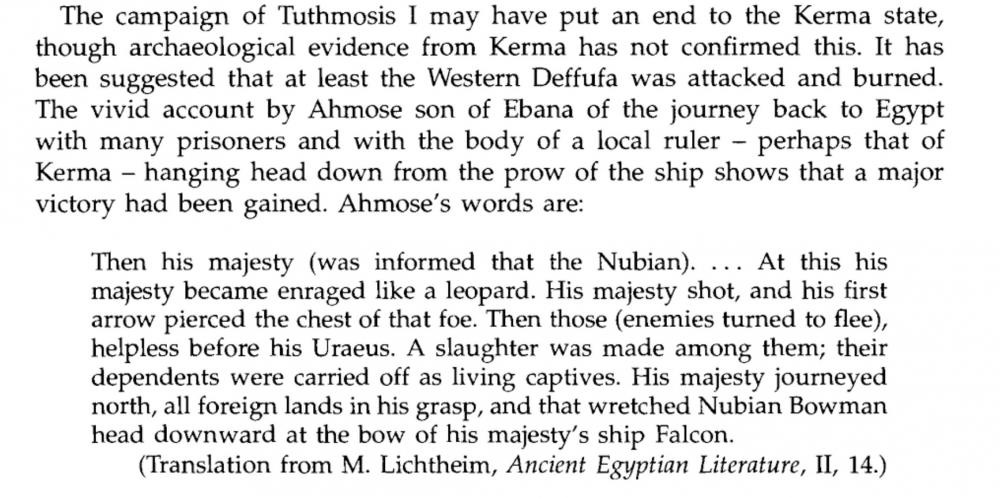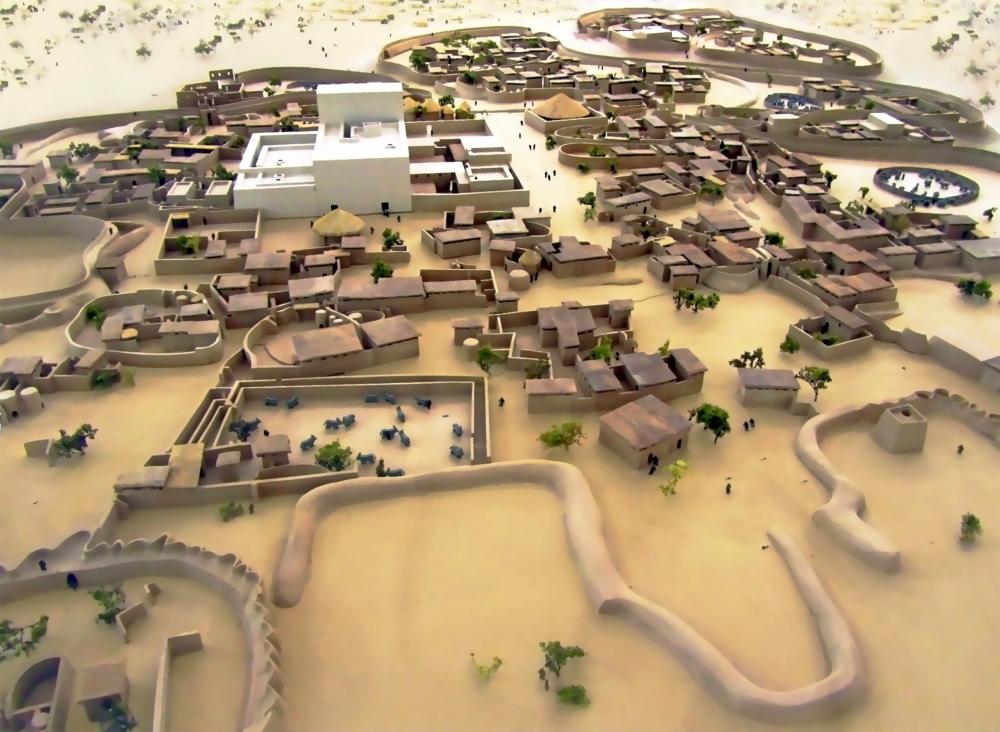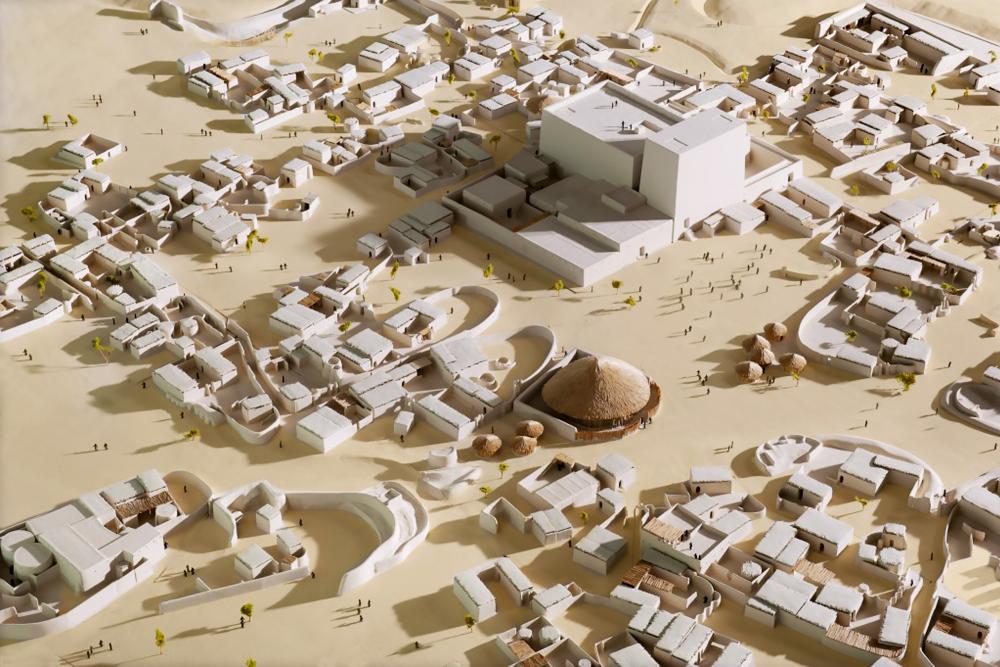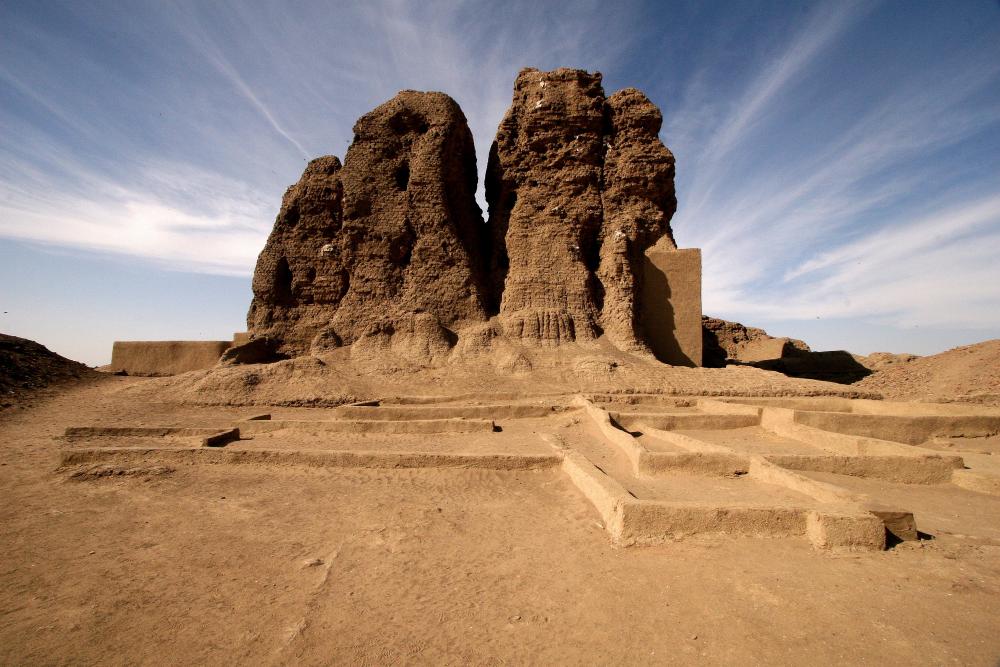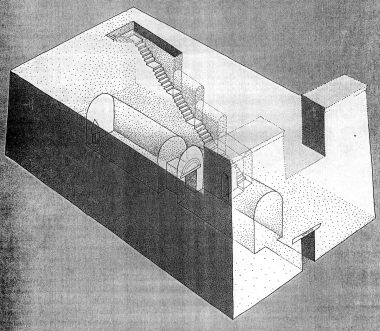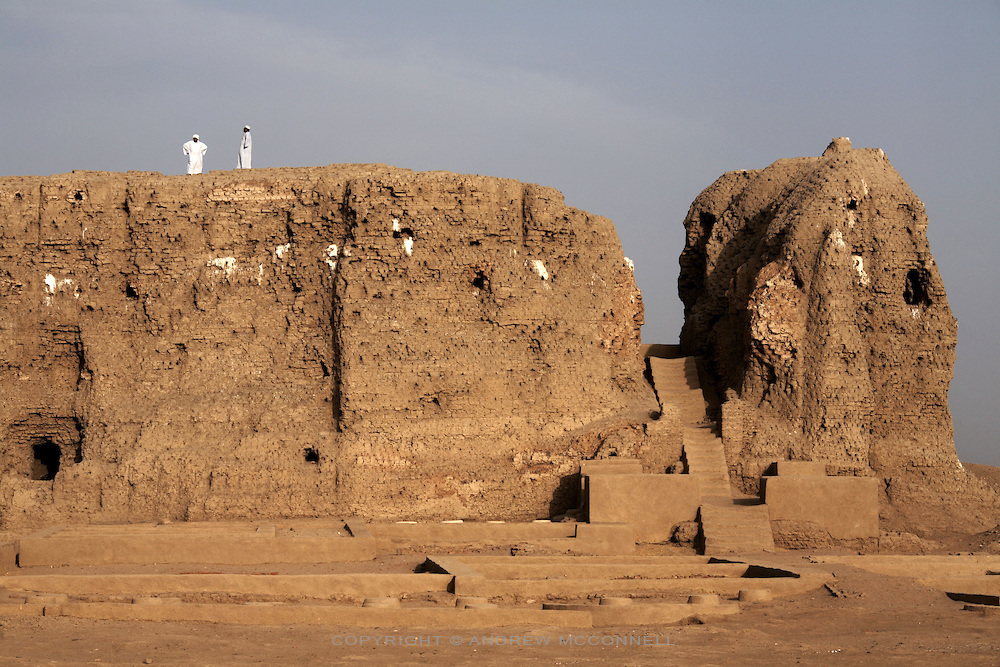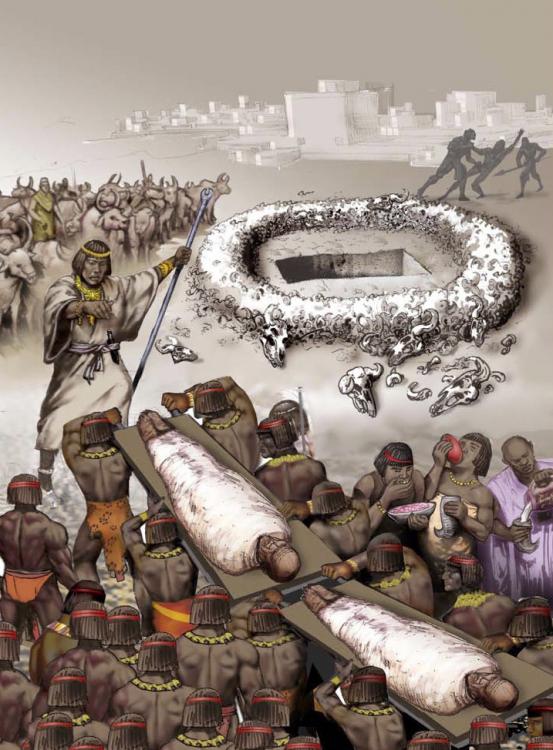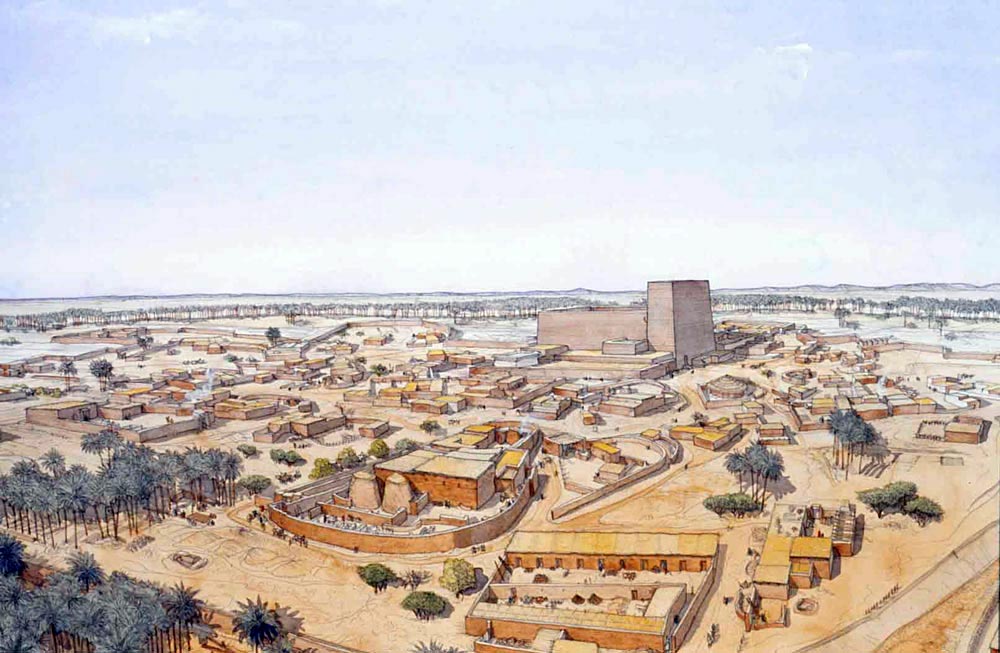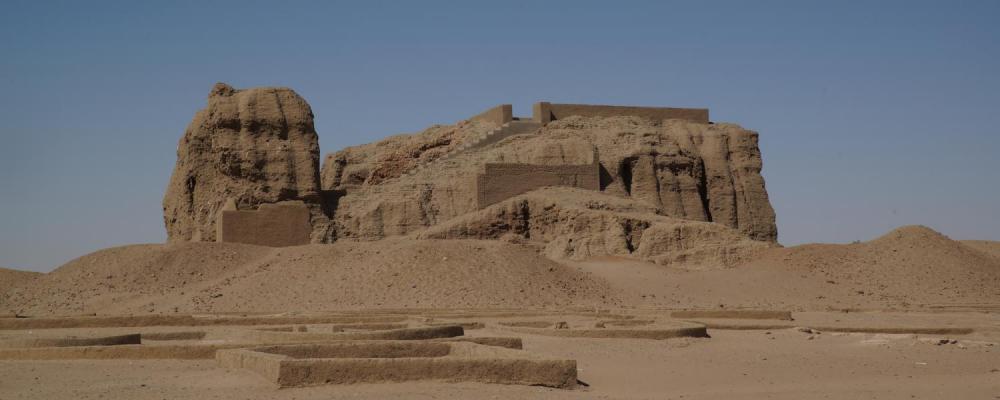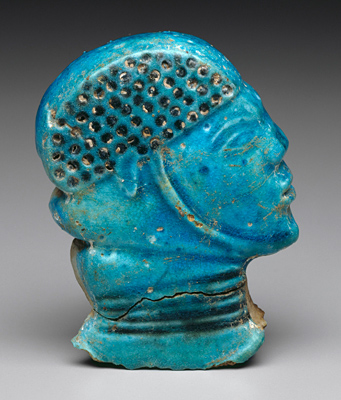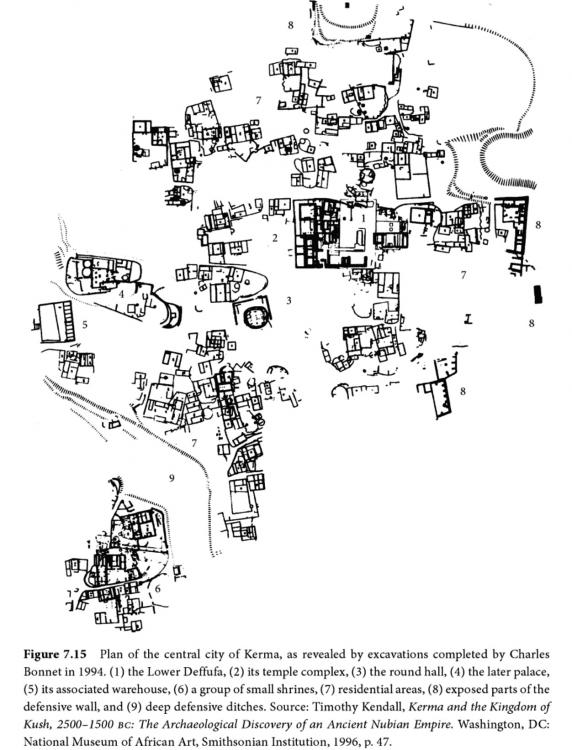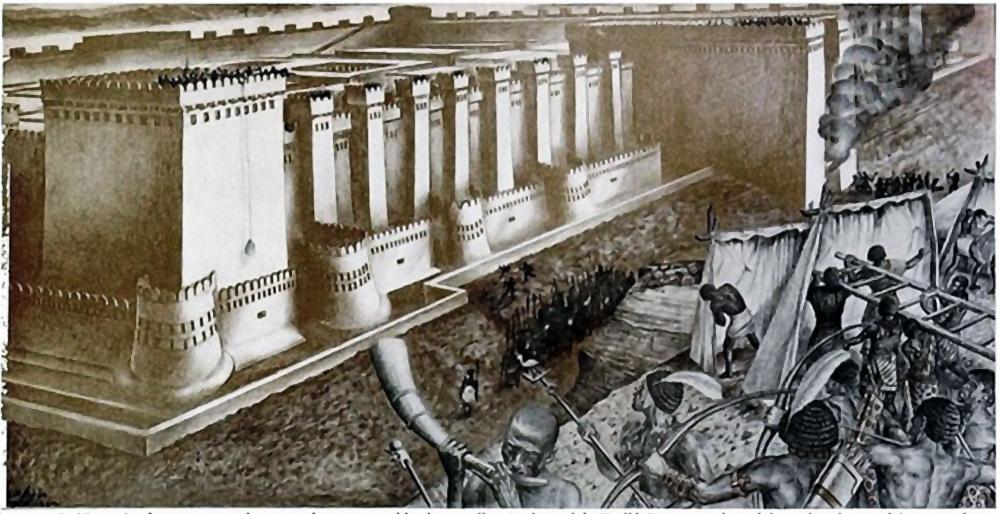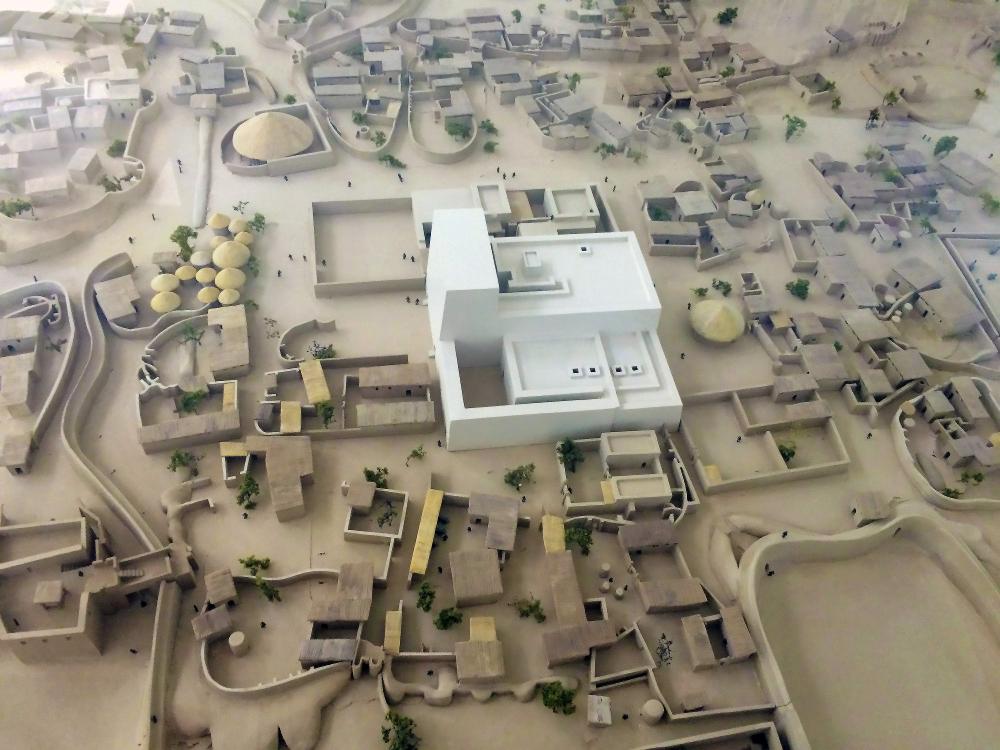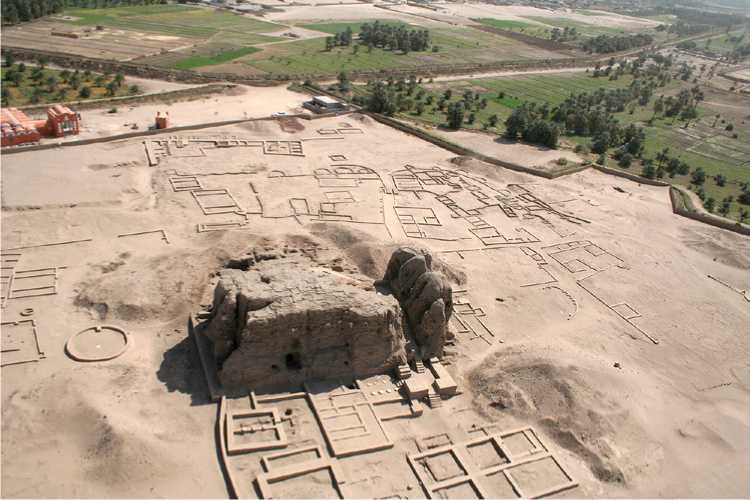Leaderboard
Popular Content
Showing content with the highest reputation on 2017-10-29 in all areas
-
Some updates. I've been messing around with the North African elephant textures.5 points
-
IIRC we implemented diminishing returns to try and "spread" farms to make them more realistic and more vulnerable to raiding. I think we can safely say it's a failure, though :/4 points
-
There's no shame in trying something out to see if it works. Isn't that one of the things an alpha is good for? If it works, keep it. If it doesn't, modify or remove it and try something else.3 points
-
3 points
-
3 points
-
I do think skirmish maps should be playable with fewer than the max players. Ultimately would need some changes to allow choice of starting positions, but might work in the interim with just using the player numbers as positions for the players present.2 points
-
I think the point was, and I'm just guessing, that it would be more profitable for the player to build 5 farms, each with a worker, than to stock 1 farm with 5 workers, given that the need for food is greater than the need for the wood to build the farms.2 points
-
Yeah, only a few people are probably aware it exists; I only discovered it after stumbling upon it when modifying templates. Anyway, it basically is a multiplier applied exponentially to each additional worker. Currently the field can have up to five workers and has a diminishing returns factor of 0.9, which means: the first worker farms at 0.9^0=1.0=100% speed the second worker farms at 0.9^1=0.9=90% speed the third worker farms at 0.9^2=0.81=81% speed the fourth worker farms at 0.9^3=0.729=72.9% speed the fifth worker farms at 0.9^4=0.6561=65.61% speed Combined five workers on a single farm gather at combined rate of 4.0951 individual farmers. I actually like this functionality (or think it's at least quite interesting), although the current value (0.9) does seem a bit high.2 points
-
Making the farm building (dropsite for food) a pre-requisite for fields, and taking away the ability from the CC to function as a dropsite (or penalising the use of the CC by reduced efficiency) would automatically stop people from building fields right around their CC's. I think it would intuitively make people build farms and fields further away from the CC and in turn make them more vulnerable to raiding. More logical/realistic too. Reducing the amount of workers per field, or increasing the size/footprint of a field (rectangular is much more logical/realistic) would also force people to build more of them, and/or spread them out more, which would create a healthier balance in terms of town/countryside. That diminishing returns thing is very incognito indeed. I had no idea it was even implemented or how it works? Micromanaging resource gathering in general is pain in my opinion...2 points
-
Not that much actually pathfinder was designed to handle paths concurrently but that requires some changes. https://code.wildfiregames.com/D14 worked, but I needed to copy data for the short-range pathfinder too iirc.2 points
-
(when we say history we mostly think of art, of strings, of names, of references...)2 points
-
No, the AI was designed to be threaded, however apart from the infrastructure for that being there nothing was done (somewhat to make debugging easier, somewhat because nobody got to that).2 points
-
I think it's an interesting idea, and I'd approve it. Ships in 0 A.D. don't work, plain and simple. I believe ramming and other realistic behaviour is impossible while our maps are so small (relatively), and AoE 3's behaviour did work quite well.2 points
-
1 point
-
Health is a decimal number in the code exactly so that we can handle fractional damage and avoid the "1 HP damage minimum" from AoE 2. On the GUI it's shown as an integer though. I believe resources are the same.1 point
-
> Also, pierce damage damaging buildings is really unrealistic. Didn't we come to that conclusion several times already, always increased the Pierce damage and are now at 99% and it's still too few? Anything speaking against making that 100%? (I guess the formula, but perhaps we can go to 99,99%)1 point
-
@Alexandermb Once you have fixed the bugs, (if any) feel free to add this to the terra magna mod.1 point
-
Slingers damage on a build is an abstraction to make the game more interesting, otherwise slingers should be faster in movement than skirmishers (pouch of rocks is less cumberson than a quiver of javelins and bigger shield), with higher range and accuracy which seems kinda imbalanced. Having history as main reference doesn't prevent to have some abstraction though. Also, pierce damage damaging buildings is really unrealistic.1 point
-
Kerma: Capital of the first Kingdom of Kush (c. 2500-1500 BC) Aerial view of a historic reconstruction of the central district of the Royal City of Kerma, somewhere around c. 2000 - 1500 BC, showing the Western Deffufa, a massive mud-brick religious monument, still standing today at 18meters in height, surrounded by elite residential area's. This central area was walled with massive earthen ramparts with bastions. A large necropolis, shrines, palaces and agricultural villages extending north and south towards the fertile plain of the Nile surrounded this district. Just to offer some historical context and explain the cultural substrate of Kush I want to share some images and a short introduction to the history of the first Kingdom of Kush, also known as the Kingdom of Kerma. Around 2500 BC The Kingdom of Kerma eveolved out of pre-Kerma and Kerma culture which started as early as 3500 BC, in northern Sudan. The history of Kerma illustrates that the later Kingdoms of Kush weren't just mere reflections of Pharaonic Egypt, but were built on an enduring millennia old legacy that actively shaped the history of Egypt itself. I will simply quote some good sources on the subject here: Kerma (also known as Dukki Gel) was the capital city of the Kerma Culture, which was located in present-day Sudan at least 5500 years ago. Kerma is one of the largest archaeological sites in ancient Nubia. It has produced decades of extensive excavations and research, including thousands of graves and tombs and the residential quarters of the main city surrounding the Western/Lower Deffufa. Around 3000 BC, a cultural tradition began around Kerma. It was a large urban center that was built around a large adobe temple known as the Western Deffufa.[1] As a capital city and location of royal burials, it sheds light on the complex social structure present in this society. Settlement periods: Pre-Kerma (c. 3500–2500 BC) No C-Group culture Phase Early Kerma (c. 2500–2050 BC) C-Group Phase Ia–Ib Middle Kerma (c. 2050–1750 BC) C-Group Phase Ib–IIa Classic Kerma (c. 1750–1580 BC) C-Group Phase IIb–III Final Kerma (c. 1580–1500 BC) C-Group Phase IIb–III Late Kerma – ‘New Kingdom’ (c.1500–1100? BC) ‘New Kingdom’ By 1700 BC, Kerma was host to a population of at least 10,000 people.[5] Different to those of ancient Egypt in theme and composition, Kerma's artefacts are characterized by extensive amounts of blue faience, which the Kermans developed techniques to work with independently of Egypt,[6] and by their work with glazed quartzite and architectural inlays. Kerma contains a cemetery with over 30,000 graves. The cemetery shows a general pattern of larger graves ringed by smaller ones, suggesting social stratification. The site includes at its southern boundary burial mounds, with four extending upwards of 90 metres (300 feet) in diameter. These are believed to be the graves of the city's final kings, some of which contain motifs and artwork reflecting Egyptian deities such as Horus. For decades after Reisner’s excavations, his dismissal of the site as an Egyptian satellite fortified city was accepted. “The patient and diligent work of Bonnet and his colleagues unearthed the foundations of numerous houses, workshops, and palaces, proving that as early as 2000 BC Kerma was a large urban center, presumably the capital city and a burial ground of the kings of Kush”.[12] From 1977 to 2003, Bonnet and an international team of scholars excavated at Kerma. In 2003, black granite statues of pharaohs of the Twenty-fifth Dynasty of Egypt were discovered near Kerma by Charles Bonnet and his archaeological team. - Wikipedia: Kerma - Kerma was evidently a sizable political entity - Egyptian records speak of its rich and populous agricultural regions. Unlike Egypt, Kerma seems to have been highly centralized. It controlled the 1st to 4th Cataracts, which meant its domain was as extensive as ancient Egypt. Numerous village communities scattered alongside fields of crops made up the bulk of the realm, but there also seems to have been districts wherein pastoralism (goat, sheep and cattle) and gold processing were important industries.[6] Certain Kerma towns served to centralize agricultural products and direct trade. Analysis of the skulls of thousands of cattle interred in royal Kerma tombs suggest that stock were sometimes brought vast distances, from far districts, presumably as a type of tribute from rural communities on the death of Kerma's monarchs. This parallels the importance of cattle as royal property in other parts of Africa at later times. Only the centres of Kerma and Sai seem to have had contained sizable urban populations. Possibly further excavations will reveal other regional centres. At Kerma and Sai, there is much evidence of wealthy elites, and a class of dignitaries who monitored trade in merchandise arriving from far-off lands, and who supervised shipments dispatched from administrative buildings. Evidently, Kerma played an important intermediary role in the trade of luxury items from the Central African interior to Egypt. During the First Intermediate Period, the Egyptian presence in Lower Nubia ceased. When at the beginning of the New Kingdom, Egyptian sources again mentioned the region of Kerma, they reported Kerma as being in control of both Upper and Lower Nubia. The long history of Egyptian military activity in Lower Nubia may indicate that Kerma was perceived as a threat to Pharaonic Egypt at varying times. Principal Egyptian fortifications were built in the middle Nile Valley during the Middle Kingdom.[8] These were to secure the Upper Egyptian border against raids from Kerma, and more than likely and to protect the valuable trade routes between the two regions.[3] Both during the Middle and New Kingdoms, the resources Kerma possessed – gold, cattle, milk products, ebony, incense, ivory, etc. – were much coveted by Egypt. Its army were built around archers.[9] During its zenith, Kerma formed a partnership with the Hyksos and tried to crush Egypt. Discoveries in 2003 at the Governor of El Kab's Tomb (near Thebes) show that Kerma invaded deep into Egypt between 1575 and 1550 BCE. It is believed that this was one of Egypt's most humiliating defeats, which later pharaohs had erased from the official historic records. Many royal statues and monuments were looted from Egypt and removed to Kerma, apparently as a gesture of triumph by Kerma's ruler.[10] Under Tuthmosis I [and Ahmose I], Egypt made several campaigns south.[11] This eventually resulted in their annexation of Nubia (Kerma/ Kush) c.1504 BC. After the conquest, Kerma culture was increasingly 'Egyptianized' yet rebellions continued for 220 years (till c.1300 BC). During the New Kingdom, Kerma/Kush nevertheless became a key province of the Egyptian Empire - economically, politically and spiritually. Indeed, major Pharonic ceremonies were held at Jebel Barkal near Napata,[12] and the royal lineages of the two regions seem to have intermarried. - Wikipedia Kerma Culture - An inglorious end: - Ancient Nubia, Shinnie - And finally, a decent summery on the history of Kerma More images of ancient Kerma:1 point
-
Agreed on all counts, particularly the boat one (I remain the opinion that our behaviour of "need to garrison ships so they're useful' is a mistake).1 point
-
The last word wasn't spoken there and the patch will be needed sooner rather than later. I was just fed up with running in the review hamster wheel for more than a year without getting to code something on my own. Luckily the NetClient code isn't really coded at and if, is easy to rebase, so it should be considered postponed. (Also had some joys trying create a custom ScriptInterface for XmppClient, but I aborted because it only segfaulted )1 point
-
@LordGood you know what would be cool? If you could upload new props as separate files, just for some map makers (Not me, i never never never use props, never, but just for some people that might be interested in putting their hands on them, to decorate and give detail and a little bit of immersion into their maps). Although the same goes to @stanislas69 Btw, have you thought on making statues for each faction? I mean, diversification on the existing ones and bringing new ones to the faction that does not have any.1 point
-
If the game is hosted by a Wildfire Games server, then every player could leave. Alternatively host migration, but that is also turning the code upside down I believe. While we're requesting improvements to the networking code to reduce the lag, we really need #3700. :-/1 point
-
i think 'pebbles' underestimates the size of sling stones, or the weight of leaden bullets. If I'm not mistaken Xenophon recorded how Persian slingers would regularly hurl stones the size of a man's fist, and slingers were a staple of Celtic siege warfare on both sides. If the argument was to nerf their ability against buildings and siege sure, that can be done easily enough with multipliers. also in that scenario, 300 Persian slingers would be throwing as much rock as a 6 talent caliber Roman ballista, so keep that in mind lol also keep in mind that 6 talent roman ballistae dont exist and that we don't have Persian slingers so more like 15kg of stone or lead at the small end of things. Still 32lbs. Thats about cannonball mass still1 point
-
Chill, JuKu the proposal was to change the default setting, not remove the ability to play with 300. You can even play with Unlimited (aka 10.000) currently. (About the other point, I like long games too, preferably with many unexpected turning points that resemble a story being told (rather than being able to predict the entire course of the game in the gamesetup and having a monotonous snowball effect).) And we won't reduce the default from 300 to 200 because someone gave a good reason not to currently.1 point
-
In reversed order: Fixed about eight hours before you posted. (Keep in mind I update the github repository more frequently than I post in this forum thread.) Actually I've created a diff to include these and a few more selection marker shapes into 0 A.D. nearly two months ago, but it still has to be reviewed and subsequently implemented on phabricator: https://code.wildfiregames.com/D889 Feel free to go ahead, but keep in mind 0abc is in constant development (it's a test mod for an alpha game, after all). The AI behaviour is something I don't understand (yet), but it certainly is on my to-do list. The default AI has no difficulty with new units (as can be seen by the numbers of mercenaries they train). Furthermore, in a short test game yesterday I've observed several AI players constructing siege workshops in the city phase (although it's available in town phase), and one Gaul player leveled my farmstead with a couple of battering rams, therefore I guess the AI is capable of building siege engines (although it might deem them cost-ineffective); the AI also trains the most expensive heroes (all heroes are trainable at centres, instead of fortresses); however, I've not seen any chariots or war elephants. Quite annoying is the fact that many structures appear to be hardcoded in the AI files (units are typically not); it seems the AI is currently incapable of constructing camel stables, cavalry stables, elephant stables, halls, and palaces, which means that only the four factions which currently lack those (brit, gaul, iber, rome; these do not have mercenaries) are capable of training cavalry, all champions, etc. Again, I don't know yet how to fix it, but it is on my to-do list. In a test game I observed the AI acquires silver (via traders) and spends it on purchasing other resources, which I think is acceptable behaviour. As I've answered at least once earlier in this thread: Try avoiding unnecessary overlap with other structures and obstruction objects. 0abc ought to be playable without cheats. Could you elaborate? Actually I've disabled Carthage's embassies (although I actually liked them) and replaced it with an infantry barracks and a cavalry stables (as have most other factions). Personally I don't care about multiplayer. If I can't make the AI capable of building new and renamed structures, I'll probably end up reverting and postponing those changes.1 point
-
1 point
-
1 point
-
1 point
-
True, it's not obvious, but neither are a lot of other minor features. I will say that it's even less than not obvious, more like "hidden" is the best word. It's not mentioned anywhere in the game. Though again, a lot of the "information" plainly presented in the game is flat out wrong, so which is worse? haha! But yeah, I'd remove it and go with a more macro placement of the farms for efficiency rather than a diminishing returns efficiency,which is more micro-ish. Farming is supposed to be more macro than other forms of food gathering, so we could go all the way with it and drop the diminishing returns bit and go full macro with the farmlands.1 point






